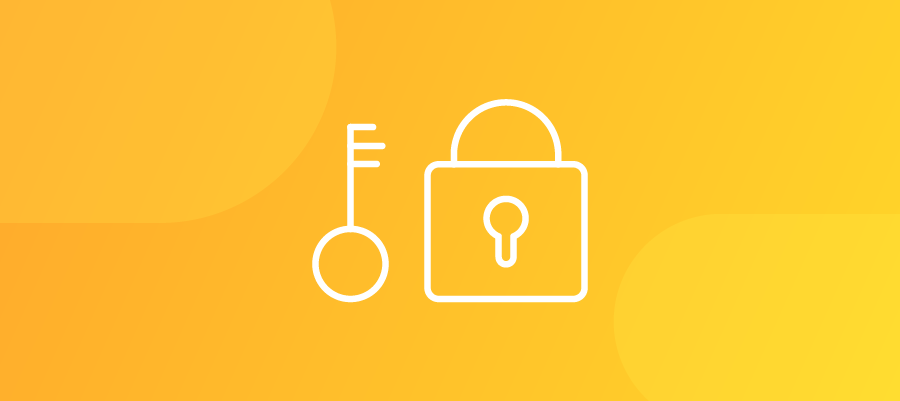What does “ownership” mean when talking about a Workday owner, or really any application owner?
Simply put, it’s about identifying who will be responsible for the ongoing journey within Workday.
During implementation, it’s easy to define who owns the Workday project. In fact, one of the deliverables should involve producing a list of stakeholders responsible for the deployment.
But sometimes ownership changes after implementation. In fact, this happens to a lot of Workday customers. And when it does, identifying the new owners is critical to stabilizing your tenant and making progress with your Workday strategy.
In many ways, it’s like owning a home.
As a homeowner, you have to think about not just day-to-day maintenance but also your longer-term needs as well. After all, you want to protect your investment so that it’s always meeting your needs and aligning with your plan. And it’s not uncommon for your needs to change from year to year.
When your needs do change, there’s typically an assessment to review the current structure and ensure there’s alignment between your goals and what the business needs.
And don’t forget, Workday releases two updates each year with new features and functionality. Who’s going to own—or help you own—those updates to ensure they’re configured correctly? Just like with owning a home, there’s a lot you can do yourself, but sometimes it’s a good idea to call in some outside help.
Whatever you decide, though, the principle is the same: It’s always best to declare who owns your tenant now and make it official. Clearly stating who is responsible for your tenant will pave the way for ensuring there’s regular upkeep and alignment with your company’s long-term strategy.






.svg)